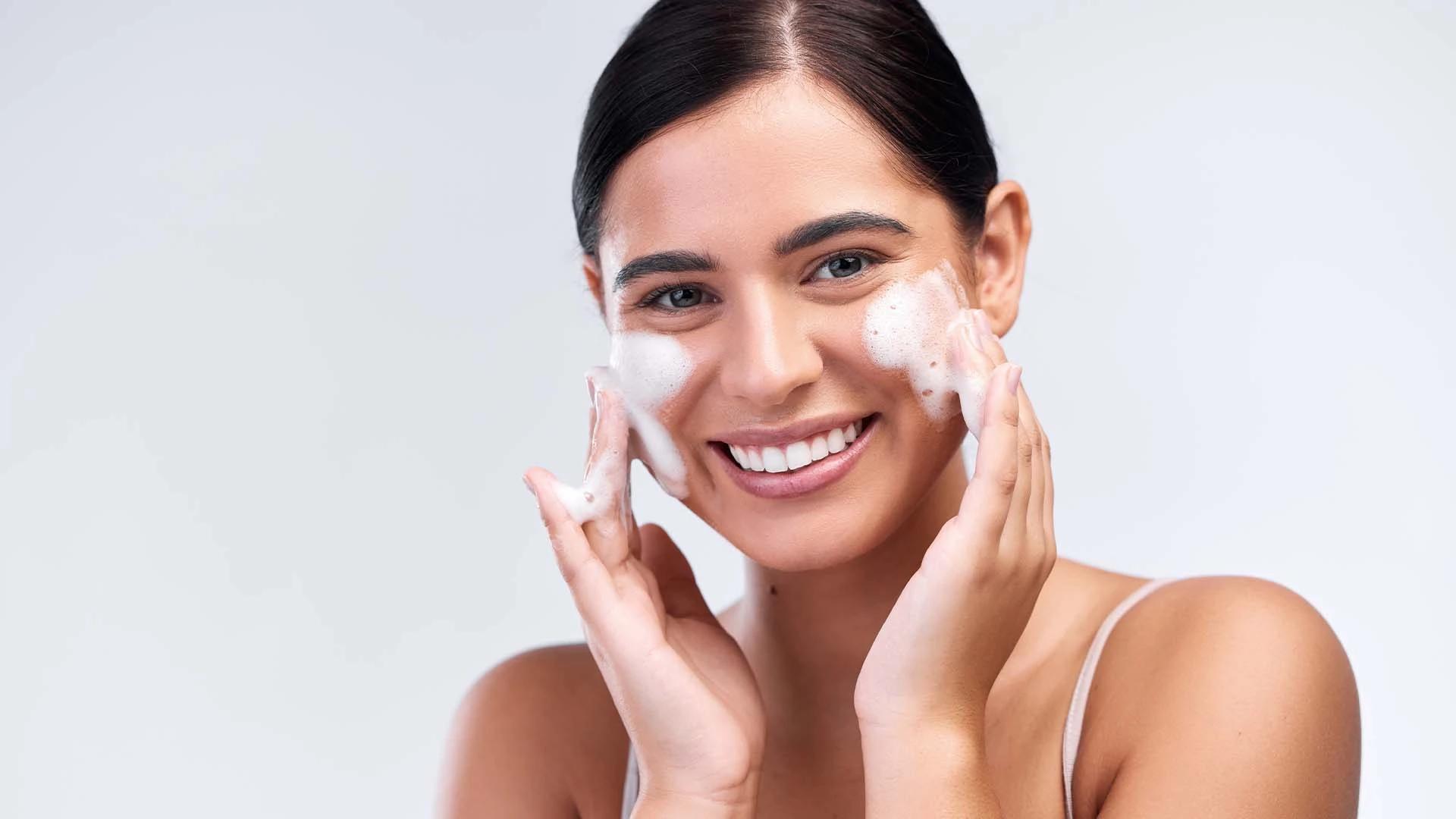Benefits of Natural Skincare
Natural ingredients are often gentler and less likely to cause reactions. They can be rich in antioxidants, vitamins, and minerals that nourish your skin. Many people also appreciate the sustainable and eco-friendly aspects of natural skincare brands.
Popular Natural Ingredients for Skincare
Aloe vera soothes irritated skin, tea tree oil has antibacterial properties, and rosehip oil is packed with vitamin C. Green tea extract provides antioxidants, while chamomile calms sensitive skin. Always research ingredients to ensure they're right for your skin type.
Seasonal Skincare Adjustments
Your skin's needs change throughout the year, just like your wardrobe does. What works in humid summer months might leave your skin feeling parched in winter. Adapting your routine seasonally helps maintain healthy, comfortable skin year-round. It's not about completely overhauling your routine—small tweaks can make a big difference.
Summer Skincare Tips
Switch to lighter textures, boost your antioxidant protection with vitamin C, and never skip SPF. You might need to cleanse more thoroughly if you're sweating more or wearing more makeup to combat shine.
Winter Skincare Tips
Rich moisturisers become your best friend when the air gets dry. Consider adding a hydrating serum or facial oil to combat flakiness. Don't skip sunscreen just because it's cold—snow reflects UV rays, making protection even more important.
Frequently Asked Questions
How often should I change my skincare products?
Don't change everything at once unless your current routine isn't working. If your skin is happy, stick with what works. However, you might need seasonal adjustments or may want to try new products as your skin's needs change with age.
Can I use the same products for day and night?
Some products work for both day and night, like cleansers and basic moisturisers. However, certain ingredients like retinoids should only be used at night, while sunscreen is obviously a daytime essential.
How long does it take to see results from a new skincare routine?
Most people notice initial improvements in skin texture and hydration within 2-4 weeks. For more significant changes like reduced fine lines or clearer skin, give it 6-12 weeks of consistent use.
Are expensive skincare products always better?
Not necessarily. While some high-end products contain innovative ingredients or superior formulations, many affordable options work just as well. Focus on ingredients and your skin's response rather than price tags.
Final Thoughts
Building an effective skincare routine doesn't have to be overwhelming or expensive. These five steps—understanding your skin type, cleansing, exfoliating, treating, moisturising, and protecting—form the foundation of healthy, ageless-looking skin. Remember, consistency beats perfection every time. Your skin is unique, so what works for others might not work for you, and that's totally fine. Take time to discover what your skin loves, be patient with the process, and don't be afraid to adjust your routine as your needs change. The journey to great skin is exactly that—a journey, not a destination.

 200ml
200ml Combo
Combo COMBO
COMBO 50 gm
50 gm